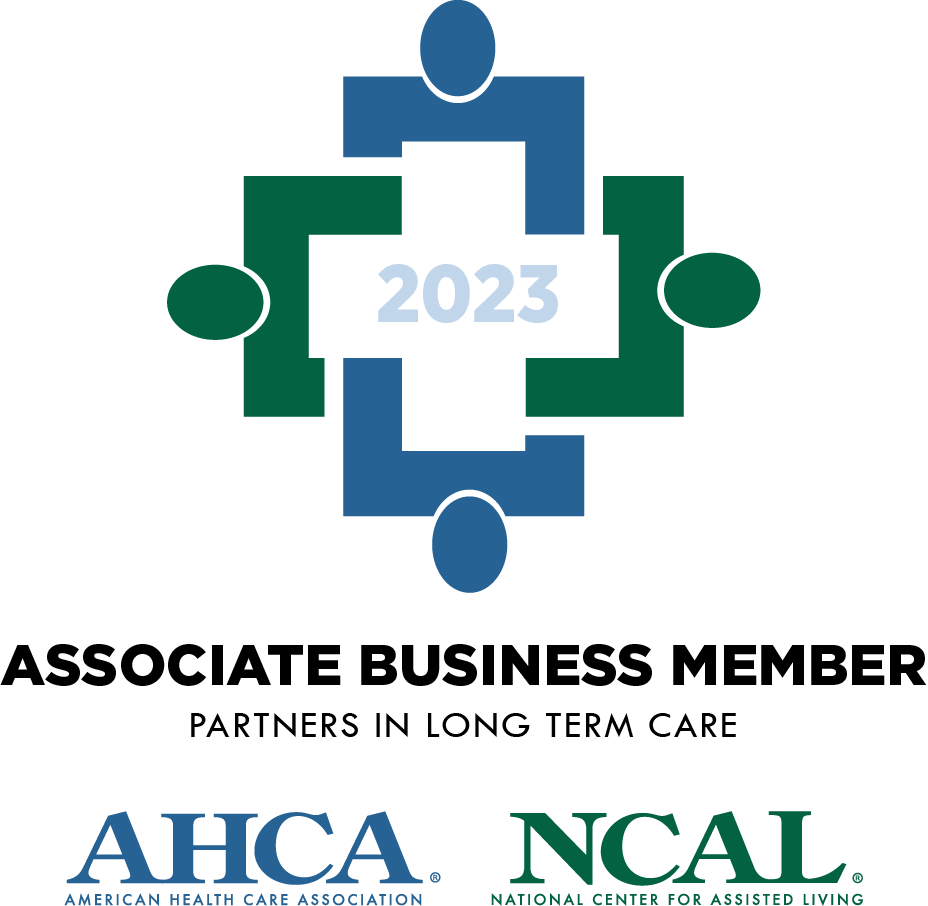We’ve heard terms like ‘business intelligence’ (BI) and ‘big data’ thrown around a lot lately. As a long-term care operator, I can’t lie – I only half listen. Don’t I have enough on my plate? With the new requirements of participation (RoP), focus on compliance, PDPM, increased fines, hospital readmissions, etc. etc., who has the time or energy to deal with business intelligence or learn a new system? I’m just trying to get through the day! And seriously – do I need all that “stuff” to provide good care and run my business successfully?
Well, once we get past the intimidation of terms like BI, we really CAN’T operate without understanding our data. The expectations and scrutiny from the government, hospitals and referral sources, insurance providers, etc. have increased significantly and we need to “up our game” … but where do you begin tackling this?
Make it relevant
As operators, we look at data all day. You don’t need to be a statistician or an actuary to make sense of numbers, so don’t let the word “data” throw you. It’s a fancy way of saying: do we know what the numbers in our organization tell us about the health of our organization?” We analyze numbers all the time – census, payroll, quality indicators, and more – BUT do we know how to make it relevant and share the information with our staff and partners?
Make it consistent
Remember the old computer concept GIGO – garbage in, garbage out? This applies to the data we receive from our facilities. We depend on the person inputting the data, but sometimes it’s colored by their biases. What if we drew the data from existing systems instead? That would significantly reduce man hours and offer greater assurance that the data is consistent across disciplines and facilities.
Make it easy to use
To make your data make sense, it must be easily accessible. As a corporate leader, you don’t want to go into five systems, twenty folders, and endless Excel spreadsheets to understand how your facilities are doing. Access should be quick, visually easy, and effective.
This doesn’t require a CTO and three-year development plan from a tech team. Tools such as SNF Metrics can be your data analytic partner and do all the work for you. With a system developed by providers, there’s an intrinsic understanding of your needs as a provider and ease of implementation. SNF Metrics continuously evolves with the needs and pains of the LTC industry because they were born out of that need.
Make it proactive
You want to know what’s going on in your organization in real time – not last quarter’s analysis. An essential component of analyzing your data is focusing on trends over time, but real-time data analytics is critical to diagnosing systemic problems early – before catastrophes.
Make it robust
Your data analysis should be in multiple areas of your operation: clinical, financial, marketing, risk management, and payroll. You want to see dashboard information of different disciplines and be able to drill down and do a deeper dive into specific areas to assure actionable outcomes.






